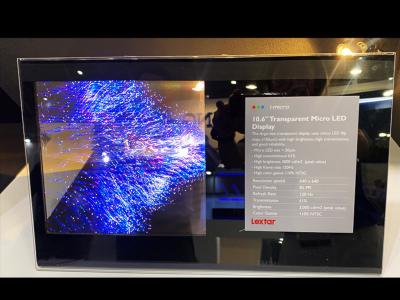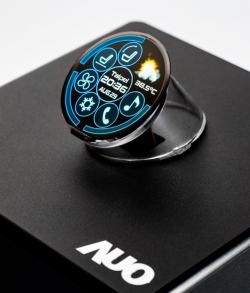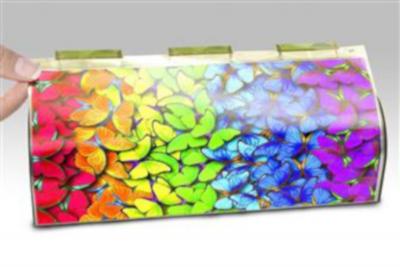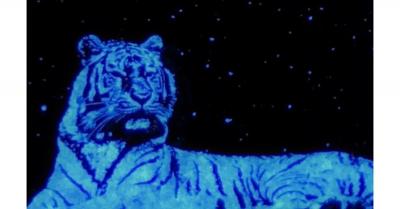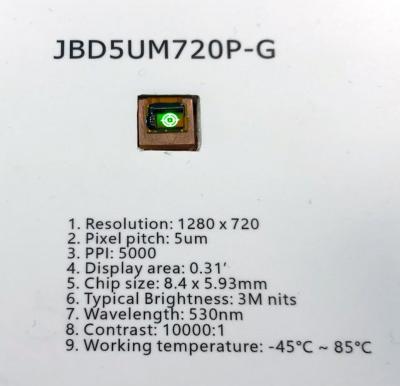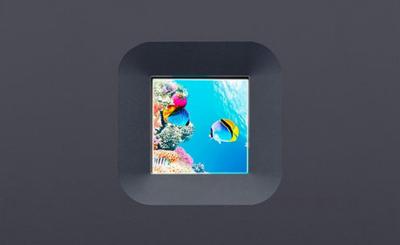Here are more details on Lextar's 10.6-inch transparent microLED display prototype
Last week we reported that Ennostar Incorporation (formed by a merger of Taiwan's Epistar and Lextar in 2020) demonstrated a 10.6" transparent microLED display at Touch Taiwan 2021. We now have more information on Lextar's new display prototype.
